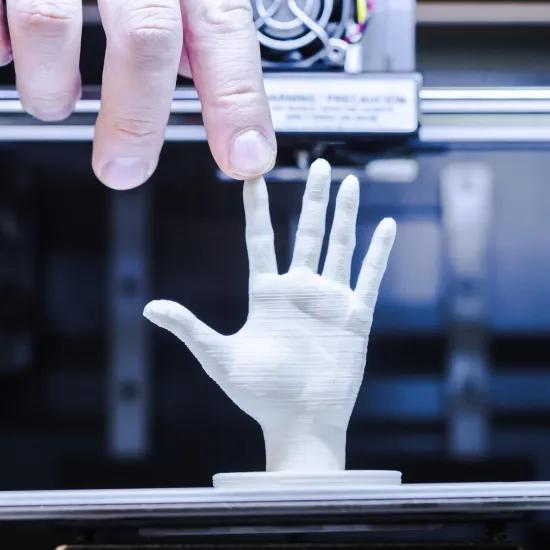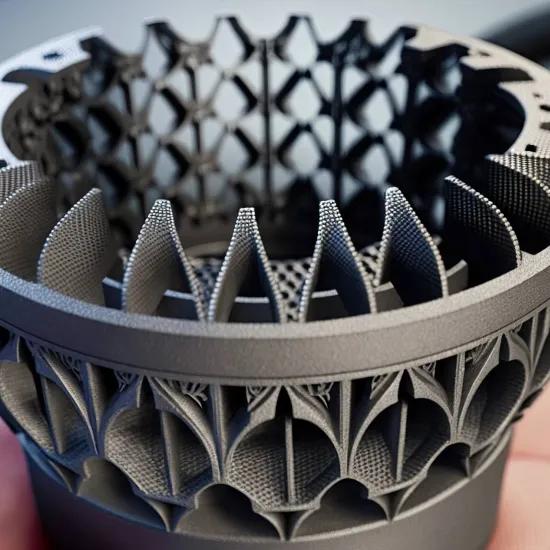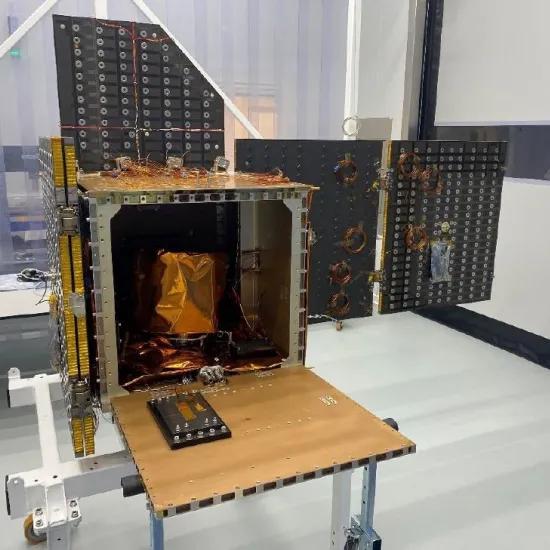Founded in 2003, GeonX specialises in software development for the manufacturing industry. They develop, produce and distribute computer-based design software solutions. The company’s main specialisation is the virtual factory, with the VirFac for Virtual Factory software as their flagship project. Development is taking a new direction in terms of technology, which is being adopted by an increasing number of companies to plan, optimise and manage the production chain from concept to production. The market is relatively large; as a market leader, GeonX is in the ideal position of owning a product with significant potential. Their virtual factory is constantly developing further. After a few years of development, the Morfeo solver has become the computing core of the VirFac virtual factory, and has been integrated into a virtual design platform. Various modules have been developed and made available, including applications for welding, wood-cutting, heat treatment and additive manufacturing. The latter represented a new challenge for the company.
The simulation model for the software needed to be calibrated and validated. As an IT company, GeonX did not have an AM machine or all the measuring instruments they needed at hand, nor did they have the required experience in additive manufacturing (including configuration of the laser), or the skills to interpret the results.
Expertise and infrastructure
Despite the company having been taken over by GE and therefore being able to ask for support from their R&D department, they decided to contact Sirris to validate some of their materials. They intend to work with other R&D centres in this field, as well as with the GE R&D department. GeonX chose Sirris for its expertise and infrastructure, but also for its specific equipment to monitor the temperature during 3D printing.
GeonX printed three different tasks to calibrate a single material: characterisation of mechanical samples, cantilever beam fordistortion, and measurements of residual stress in several designed parts. Sirris was responsible for the 3D scanning and cutting of the parts using Electrical Discharge Machining (EDM). The distortion and remaining stress values were used to calibrate and validate the GeonX simulation model, the results from which were interpreted by Sirris.



